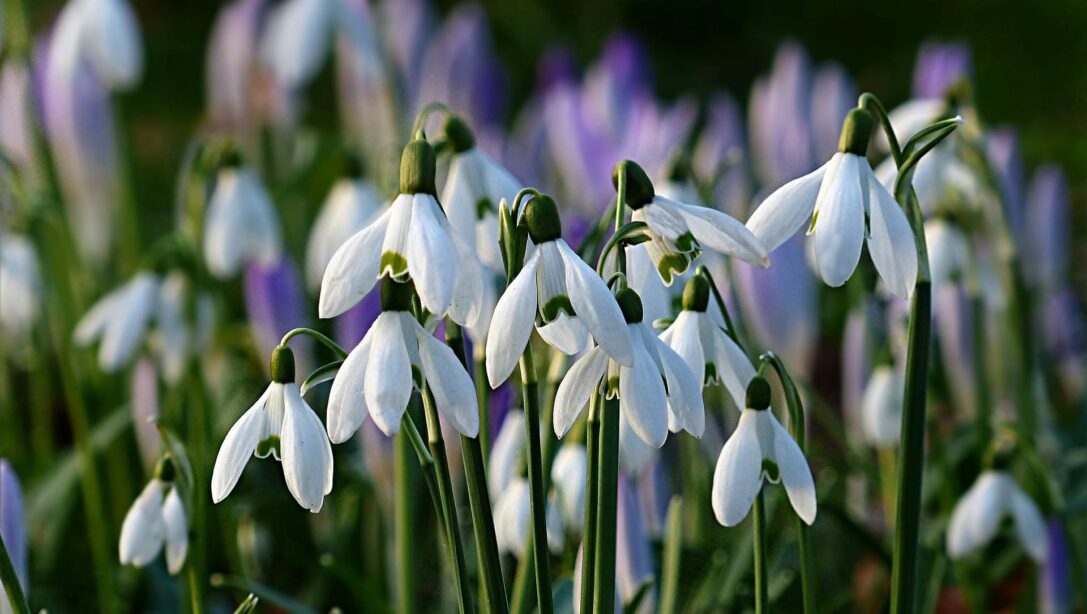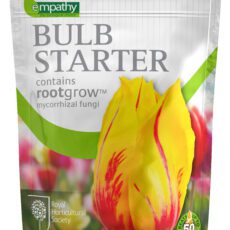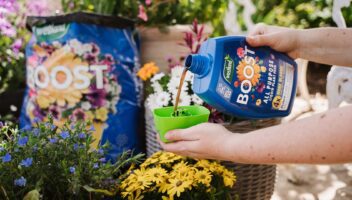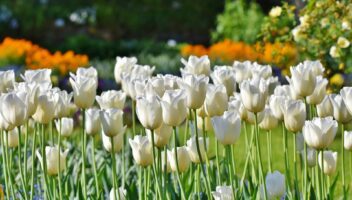Many of the flowers that burst into life in our garden from late February onwards, like daffodils, tulips and crocuses, should be planted into the soil or in containers from bulb during autumn. If you have missed this window and are longing for some garden colour – or simply want to bolster your display – potted bulbs are the ideal solution.
Potted bulbs, which are available in garden centres from mid to late December, have already been carefully grown through the first stages of development. Plant them directly into the ground, or into pots and containers, and enjoy wonderful colour as the weather warms.
Many varieties of potted bulb, including narcissus, tulip, scilla, crocus and hyacinth will be just as happy as part of a beautiful indoor display.
Potted Bulb Varieties and Flowering Times
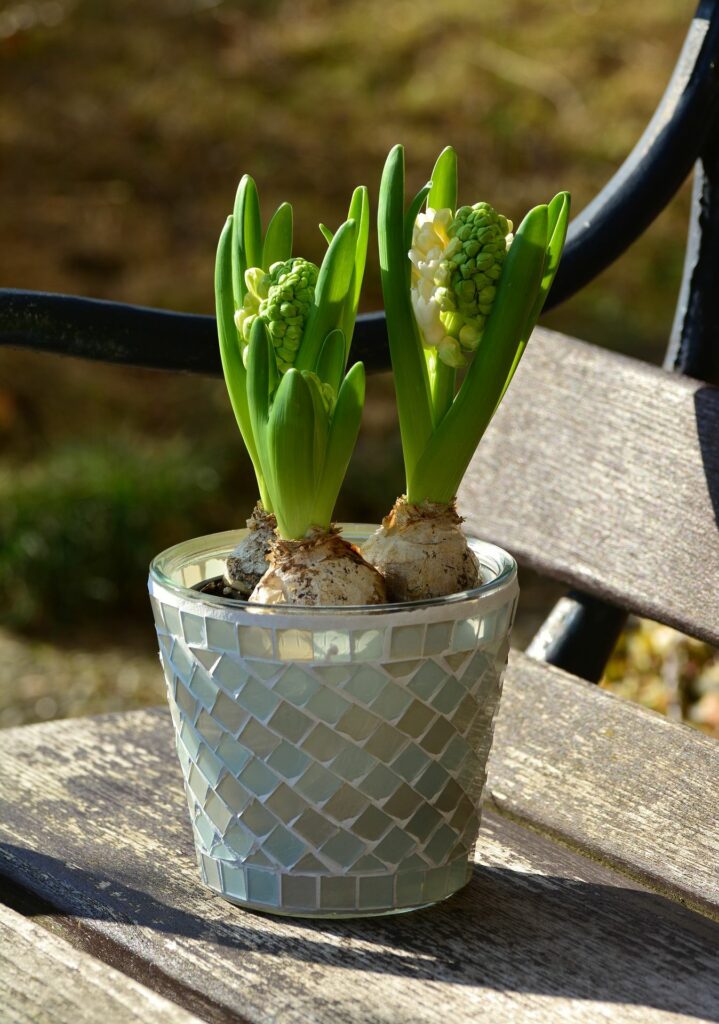
February Narcissus ‘Tête-à-tête’, Iris reticulata, snowdrops
March Narcissi, scilla, winter aconites, muscari, Fritillaria meleagris, hyacinths, crocuses
April Narcissi, tulips, bluebells, iris, crocuses
May Tulips, leucojum, Allium atropurpureum, camassia
June Lilies, alliums, camassia
Potted Bulb Plant Care
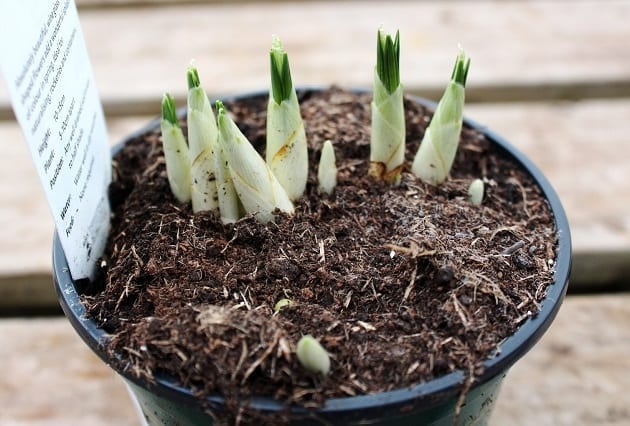
How to plant bulbs in pots
Water your potted bulbs well before planting, whether into a container or in the ground. Before planting, add a layer of good quality compost to your container or into the ground. Lay the bulbs root down on the potting compost. Cover with another layer of potting compost and press in firmly.
Watering
Once in the ground – or container – keep watering regularly until well established.
Tips for layering bulbs in pots
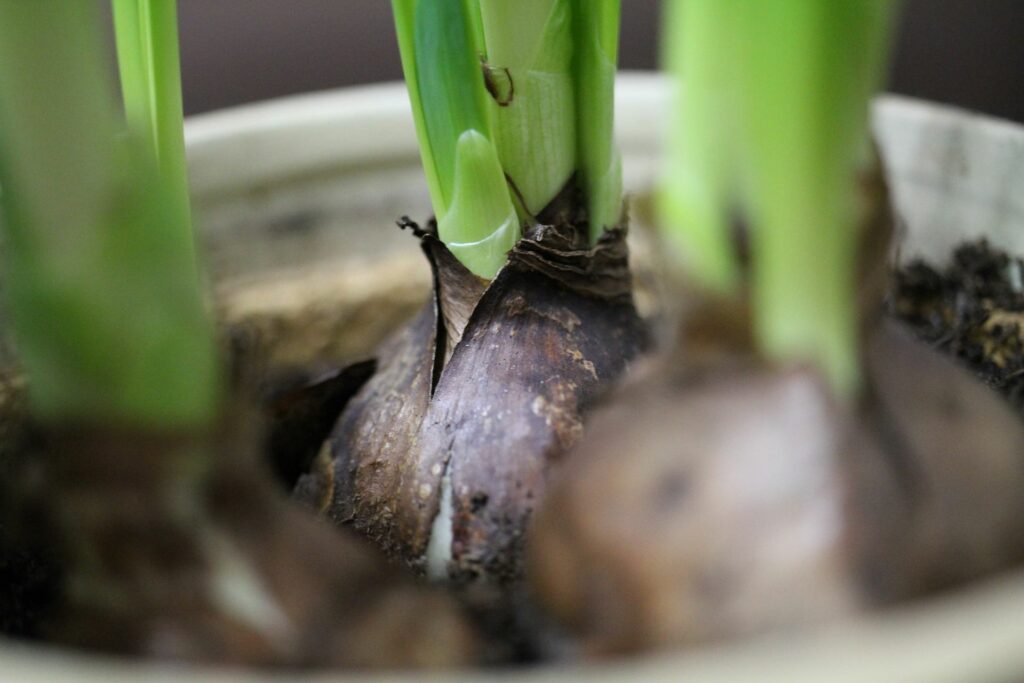
If you decide that you want a beautiful cycle of flowers and colour, layering your bulbs might just work for you.
- Begin your process by deciding on the bulbs that you want to plant. A good theory is to choose flowers that will appear at different times throughout the year for a guaranteed flurry of colour.
- Choose your container. A large container will work best (around 30-40cm diameter).
- Use around 6cm of potting compost to fill the bottom.
- Begin by planting your bulbs that need the largest depth of compost (tulips are a great option here).
- Ensure that your bulbs are not touching when planted and plant with the tip located at the top.
- Cover your first layer with compost.
- Add the next layer of bulbs here.
- Repeat this process until your have planted the bulbs that will flower in the most shallow compost.
Need inspiration? Discover our range of potted bulbs here.
What to do with potted bulbs after flowering
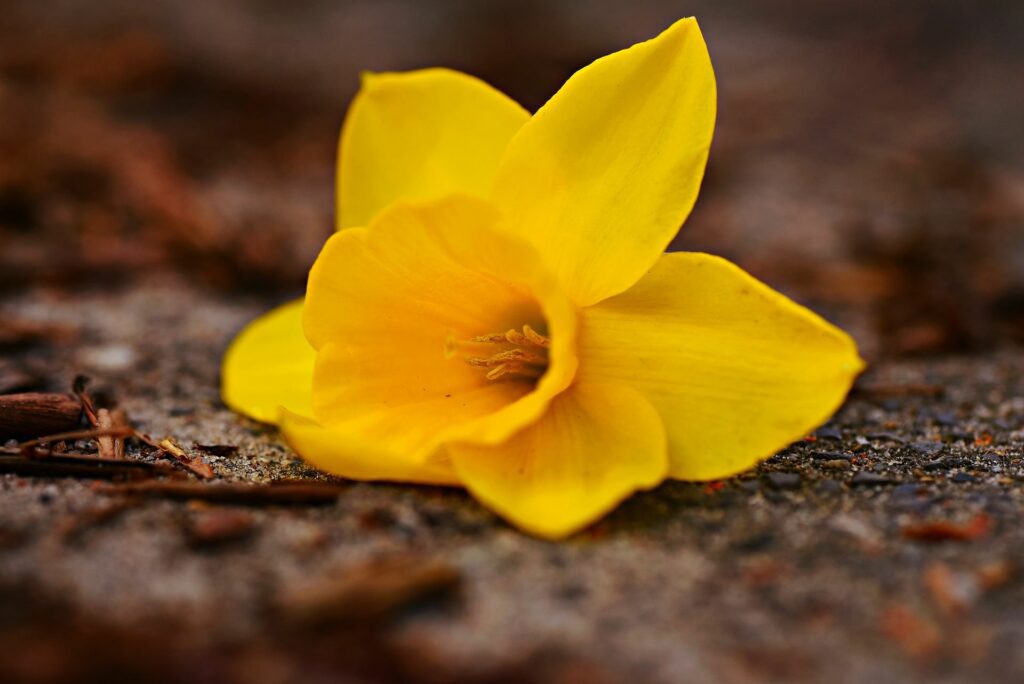
After the flowers have faded and the foliage has died back, its a good opportunity for you to tidy the potted bulb. Remove any dead foliage and cut back. You will usually see better results if you do this around 6 weeks after flowering.
If you planted hardy bulbs, then there is little that you need to do. You can leave them in the soil to grow next year. Moving them to a greenhouse if there is a particularly cold snap is also a good idea.
If your bulbs aren’t quite as hardy and will not tolerate the frost, you should bring them inside during the colder seasons. This increases their chances of survival and a great flowering the following year.
Find a wide range of potted bulbs available now here.


